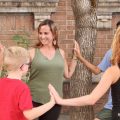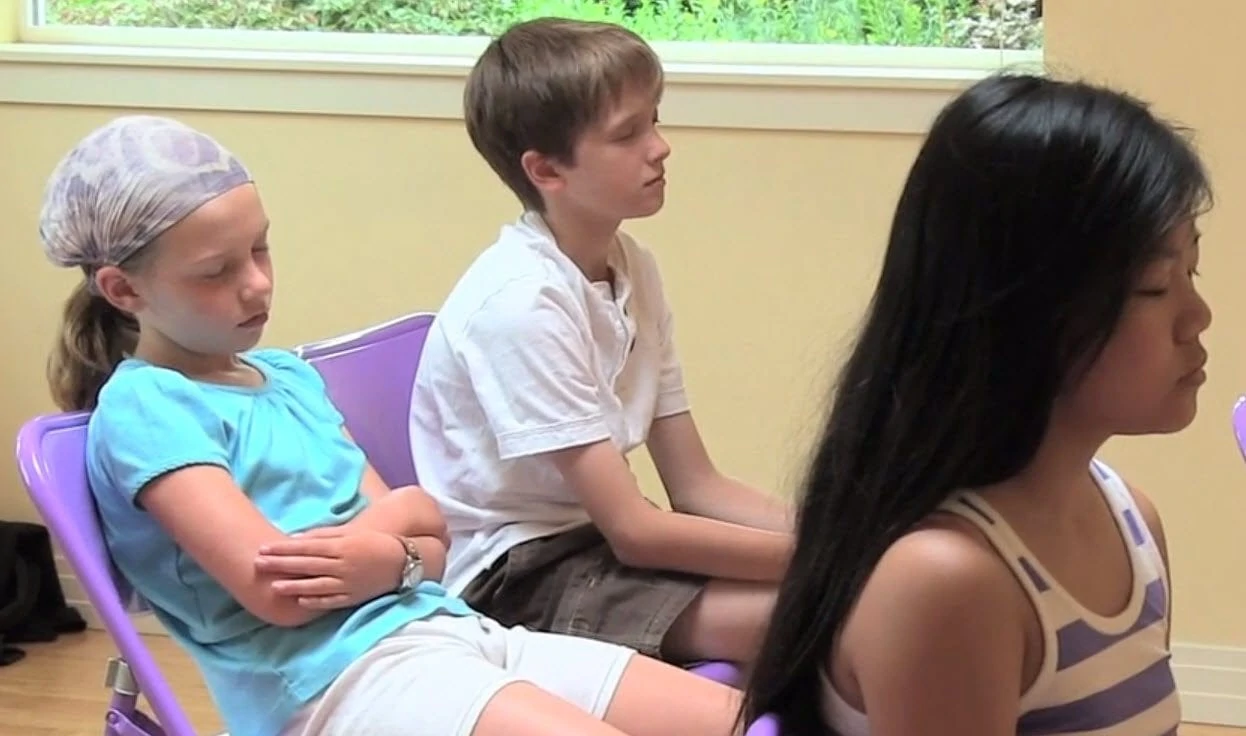Several years ago, I was working with a 4-year old girl who I’ll call “Joy.” She had experienced trauma, and her mother was very worried about her. Joy often had angry outbursts, and her mother wanted to be sure she was providing good support.
At the end of one of our sessions, I invited Joy to choose a toy out of the treasure box. “Choose carefully,” I told her. “Once you’ve chosen, you aren’t allowed to trade it for something else. That’s the rule we have in my office.”
Only a few minutes after Joy had made her choice, she asked if she could trade that toy for something else. “No,” I told her firmly but gently, and reminded her of the rule. Joy started to scream. Loudly. Very loudly.
“Joy,” I said, “tantrums don’t work.”
She immediately stopped crying, looked at me with an astonished expression, and said in a very clear voice, “Yes. They. Do.”
The Challenge of Finding What’s Driving the Behavior
When a child has a history of trauma or special needs, it can be hard to distinguish between behavior fueled by that and the natural pushback children give as they learn rules and boundaries.

Here, I think of a parent who once asked me about having her daughter evaluated for ADHD. I asked about the symptoms that led to this request. “She won’t clean her room!” the parent answered.
Part of the challenge of untangling needs from indulgences with the children in our lives is that the larger culture isn’t particularly skilled in defining the difference between them either. Consistently, I hear people who work 80+ hours a week at one job say that they “need” that beer or ice cream at the end of each day when what they really need is to work less and move more.
So how do we untangle this?
Learning How to Listen to the Body
Experience has shown me that children really do know what their bodies need – if they’re given guidance on how to listen. Let me give you an example.

“Let’s talk a little bit more about that,” I asked him. “When you’re playing your favorite game, what do you notice your heart doing? Does it beat slower or faster?”
“Oh, faster!” he said.
“When your heart beats fast, it’s not relaxing,” I explained. “When you relax, your heart slows down. You might think you’re relaxing because you’re not in school or doing homework or doing chores, but you’re actually activating your nervous system. That’s why your heart speeds up.”
He thought about that for a moment. Then I asked if he had a hard time sleeping at night. The answer was “yes.” We talked more about his nervous system so he could learn to make healthier choices, choices that were driven by his true needs.
5 Tips to Help Kids Grasp the Difference Between “Want” & “Need”
There are five things that I think are especially important to keep in mind when we’re helping students – or our own children or grandchildren – understand the difference between “want” and “need”:
- Trauma and special needs are never helped by rewards like toys, candy, or special activities.
- Children need opportunities to be heard, not entertained.
- Teaching children about the difference between needs and wants is essential.
- Modeling needs and wants is more powerful than telling or explaining.
- Learning about the nervous system and how to listen to the body can help students understand their true needs in profound ways.
Our video-based Empower program is one tool you may find extremely helpful in teaching younger children about the nervous system, while our core text Yoga Calm for Children includes many activities that provide opportunities for learning how to listen to their body.

All of the breathing activities in Yoga Calm – activities such as Back Breathing, Pinwheel Breath, Volcano Breath, and Belly Breathing – are also great tools for learning how to listen to the body. These and other physical activities that are marked as involving Yoga Calm’s Principle of Listening – Activate/Relax Walk and Roots, among others – all involve paying attention to what the body is doing and how it responds under different conditions.
That skill is perhaps the most essential for helping kids understand what they truly need – and for helping us understand that, as well.





